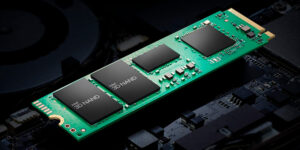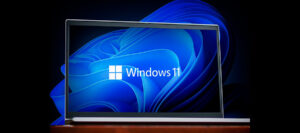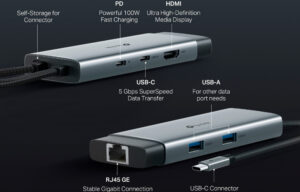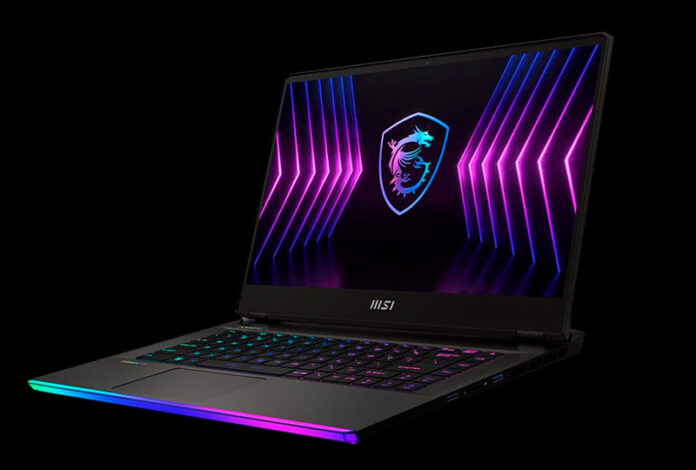Have you bought a new laptop, but it has already managed to disappoint you? It’s slow, the screen is dim, there is no Windows, and there is nowhere to insert a flash drive? This is a typical result of an unsuccessful choice. Even experienced users face such problems. We tell you about the most common mistakes when choosing a laptop and how to avoid them.
Don’t overpay and don’t suffer: choose a laptop for your goals and tasks
A laptop is a tool that needs to be chosen for specific tasks. If you make a mistake with the power or functionality, problems are guaranteed.
- Low FPS in games and poor performance in programs.
- Constant freezes, slowdowns, freezing, and lagging.
- Inability to run some games and programs.
- Loss of time due to the slow operation of the device.
It is important to determine not only the minimum requirements for the device, but also the maximum, so as not to overpay for the performance and functionality that you will not use. For example, if you need a laptop for video games, then there is no point in taking a professional device with a top and carefully calibrated display and an extended color gamut.
- Decide on your main usage scenarios: studying, working with documents, video editing, gaming, 3D modeling, streaming, etc.
- Study the system requirements of the programs you plan to work with. It is advisable to take a device with a power reserve.
- If you play, focus on the system requirements of modern video games. Pay attention not to the minimum, but to the recommended.
- Don’t overpay for components that won’t provide any tangible benefit. For example, 64GB of RAM for the browser and movies is too much.
- Pay attention to the video card: integrated graphics are enough for office tasks, but for games and working with graphics, you will need a discrete one.
- Consider how important mobility is to you. More powerful models are often heavier, noisier, and run out of battery faster. If you don’t need mobility at all, consider buying a full-fledged PC.
A properly selected laptop for specific tasks will save you money, nerves, time and effort.
The Screen Decides Everything: How Not to Make a Mistake with a Display When Buying
Many people think that high-quality displays are needed by graphic designers and editors, while gamers and regular users will be satisfied with simple budget solutions. In reality, this is not the case

What happens if you choose a laptop with a bad screen?
- Rapid eye fatigue—when working, reading, or gaming.
- Distorted colors—the picture looks “dirty,” “muddy,” and unnatural.
- Poor viewing angles—as soon as you turn your head, the image deteriorates significantly.
- Low brightness—you won’t be able to see the picture in well-lit places.
- Torn images in games occur due to the lack of frame synchronization technology.
Enjoyment of video games and movies greatly depends on the quality of the screen: color rendering, resolution, refresh rate, matrix type, and many other characteristics. A good display is not a luxury but an urgent need.
- IPS or OLED matrix type—provides good color rendering, wide viewing angles, and low response time (input lag).
- Refresh rate of 120 Hz or higher—Improves image smoothness, which is critical in competitive online gaming.
- Full HD resolution (1920×1080) or higher—high pixel density makes the picture very clear, allowing you to see even the smallest details.
- Color depth of 8 bit, 8 bit + FRC, or 10 bit—affects color transitions (for example, from yellow to orange), making them smooth and anti-aliased.
- A color gamut close to 100% sRGB or higher allows you to display more color shades, which makes the picture rich and “juicy.”
- NVIDIA G-SYNC and AMD FreeSync support—eliminates image tearing when the camera moves in games. Allows you to comfortably play without vertical synchronization, which limits FPS and increases input lag.
Small SSD—Big Problems: How Not to Make a Mistake with Storage
- Not all laptops have a second slot for an SSD.
- It is not known which drive will be suitable and will work stably.
- Due to the disassembly of the case, the seller may refuse warranty service.
- If you can’t add an SSD, you’ll have to replace it with a larger one. In this case, you’ll need to look for ways to transfer old data to the new drive.

Some data can be stored in the cloud or on flash drives and portable disks. But this is inconvenient and not always possible if you need quick access to data.
The optimal SSD capacity today is from 1 TB. This will ensure comfortable work without the constant need to delete or transfer anything to external media.
Laptop without Windows: More problems than benefits for some users
- You will have to buy a flash drive (if you don’t have a suitable one at hand) with a capacity of at least 8 GB.
- You need to download Windows from the official Microsoft website (you won’t be able to do it without a VPN).
- If you download Windows from a third-party site, it is easy to install malware.
- You will have to understand the BIOS settings to start the OS installation.
- There is a high risk of making a mistake and setting incorrect parameters.
- After installation, you will have to look for a license activation key.
- You will have to manually search for and install some drivers. Without them, sound or Wi-Fi may not work.

At each stage, you can make a mistake that will cost you effort, time, and nerves. To avoid these difficulties, it is easier to choose a laptop with Windows already installed and activated. It will be ready to work immediately after switching on.
Few ports—many inconveniences: what people forget when choosing a laptop
Modern laptops are becoming thinner and lighter, but this comes at a cost in functionality. Many models have only one or two USB ports and no HDMI, card reader, or even the usual headphone jack. If you don’t decide in advance how many interfaces you need, you may be in for some unpleasant surprises:
- There is nowhere to connect a flash drive, mouse, or external SSD—you will have to choose what to sacrifice.
- No HDMI—you can’t quickly output the image to an external monitor or projector.
- No Ethernet—you can’t connect to cable internet if Wi-Fi is missing or unstable.
- No card reader—you can’t read photos and videos from a camera or drone without an adapter.
- Everything is via USB-C—you’ll have to buy a hub, which takes up a lot of space and is inconvenient.
- Some adapters require additional power or take up two ports at once.
- Adding accessories reduces portability.

If you often use peripherals, be sure to check if there are the necessary ports before buying. Connecting external devices through adapters is terribly inconvenient.
Summary: The Main Mistakes When Buying a Laptop
- Underpowered or overconfigured.
- Bad and low quality screen.
- Small SSD capacity.
- Lack of Windows.
- Lack of ports.
Avoiding these mistakes is easy. It is enough to define your goals in advance and carefully study the characteristics of the device. Then buying a laptop will become a reasonable investment, and not a reason for disappointment.

